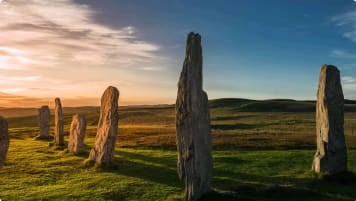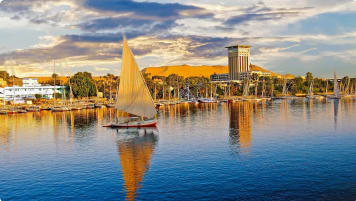History of Santorini
History of Santorini: From the Minoans to the Greek Republic The history of the Greek islands of Santorini (or Thera) stretches back to the Neolithic Era more than 3,000 years ago. A place of great importance…
18 Dec 19 · 7 mins read
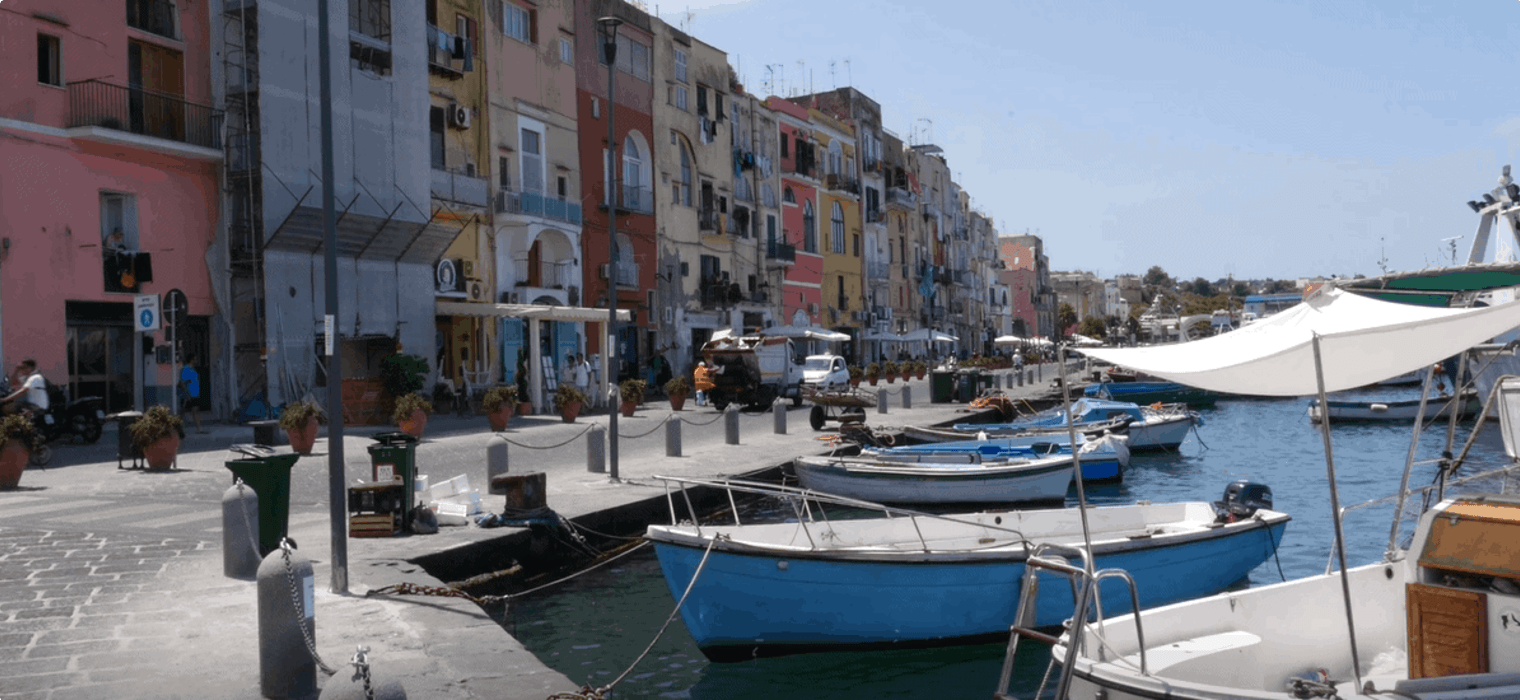
History of Santorini: From the Minoans to the Greek Republic
The history of the Greek islands of Santorini (or Thera) stretches back to the Neolithic Era more than 3,000 years ago. A place of great importance during the Bronze Age and a beautiful group of islands born from a devastating volcanic eruption, Santorini’s rich archaeological sites and unique geography provide fascinating insight into the history of human movement and settlement in the Aegean Sea.
Santorini during the Bronze Age
Santorini, a municipality of Greece, is part of the group of islands called the Cyclades (“circular islands”), located about 200 km (or 120 miles) from the Greek mainland. A single island before the eruption, Santorini was sparsely inhabited during the Neolithic era (circa 4,000 BC, or the last stage of the Stone Age), the early inhabitants perhaps seafarers attracted to Santorini’s rich sea and arable land.
More and more seafarers came and settled in a peninsula at the southwestern end of the island now called “Akrotiri”. These settlers were primarily the ancient Cretans that archaeologists now refer to as the “Minoans”, after the labyrinthine nature of a Bronze Age archaeological site unearthed in Crete, and which was probably the origin of the ancient tale of King Minos and the Minotaur.
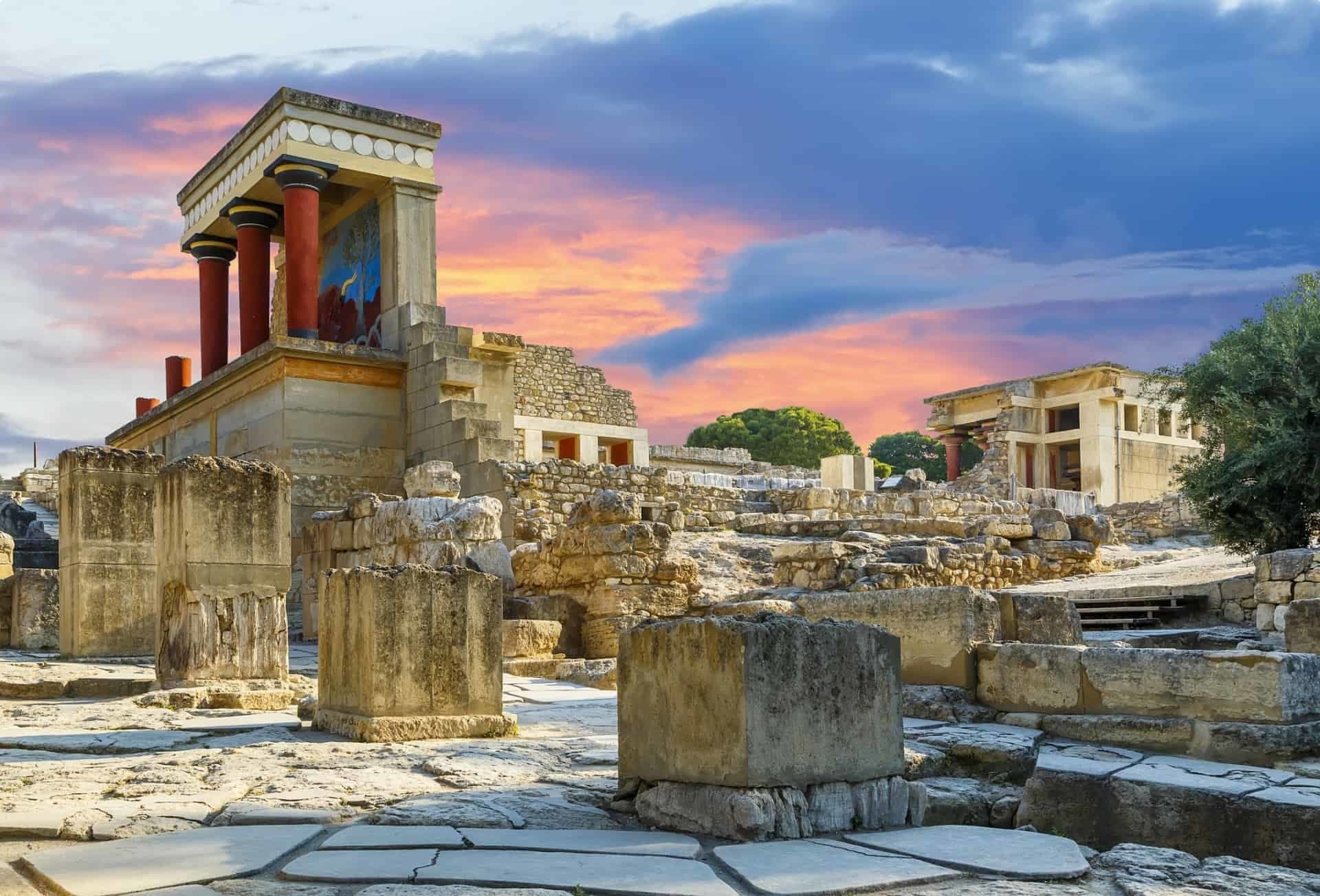
Akrotiri grew to become a major urban centre and sea port during the Late Bronze Age (circa 2,000 to 1,627 BC), contributing to the growth of Minoan influence as the routes of commerce brought their culture and art across the Aegean and the Mediterranean. This allowed the Minoans to enjoy a trade relationship with Greece, Crete, Cyprus, Syria, and Egypt.
The Minoans had an advanced culture, the first of its kind in Europe, and they used a writing system, dubbed “Linear A” (discovered by Sir Arthur Evans), that is still currently untranslated. They were known for their huge palaces, as exemplified by the palace of Knossos in Crete, and elaborate plumbing systems.
That rich and flourishing culture, however, would soon be buried in ash.

Minoan Culture and A Cataclysmic Eruption
Around 1,450 BC (the exact date is still being debated amongst historians and archaeologists), the volcano on the island erupted, exploding with the force of several hundred atomic bombs. It was said to be five times more powerful than the famous Krakatoa eruption in Indonesia in 1883, which blanketed Asia with volcanic ash and caused a drop in global temperatures.
Warning earthquakes for such a big eruption would have been alarming enough to get the settlers moving. Based on this speculation and the absence of human remains, historians believe that the Minoans were able to evacuate the island. Minoan culture would decline shortly after, subsumed under the rising Mycenaean civilisation based in mainland Greece.
As the eruption buried Akrotiri, it gave rise to legends in the years that followed. The eruption was probably the source of Plato’s story about the lost city of Atlantis, the plagues described in the Old Testament, and the “yellow fog, dim sun, [and] frost in July” described in the Bamboo Annals of China.
The eruption fragmented Santorini and left behind a huge caldera 700 metres deep. Today the municipality of Santorini includes the large inhabited island of Santorini (with the Minoan town of Akrotiri on the southern tip) and a smaller inhabited island called Therasia, and the uninhabited islands of Nea Kameni, Palaia Kameni, Aspronisi, and Christiana.
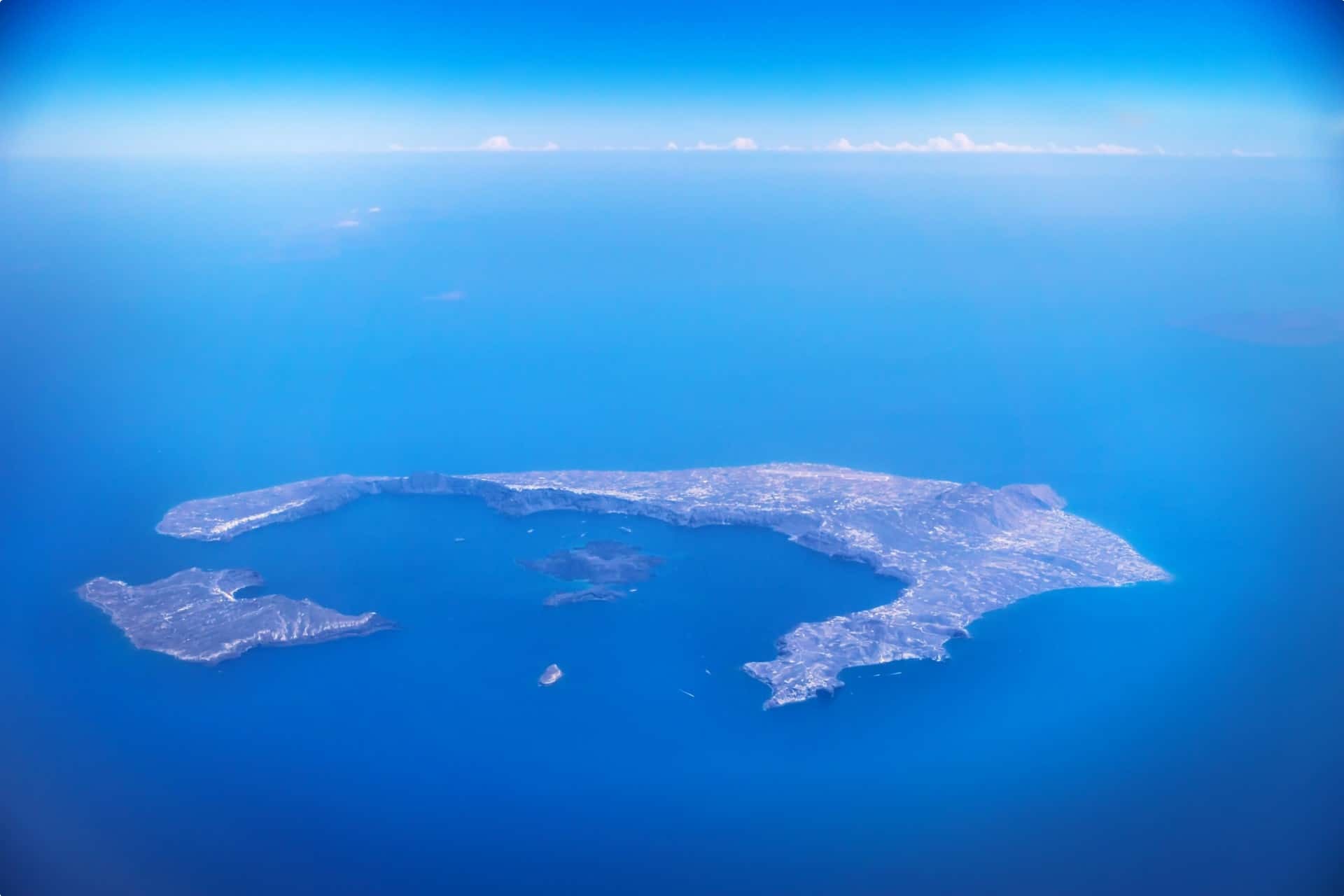
Akrotiri Unearthed
For many years, Akrotiri would remain hidden, until quarry workers digging for pumice for the Suez Canal chanced upon some of its stone walls. Preliminary excavations were carried out in the 19th century until Professor Spyridon Marinatos, supported by the Archaeological Society of Athens, led a systematic excavation of the site in 1967.
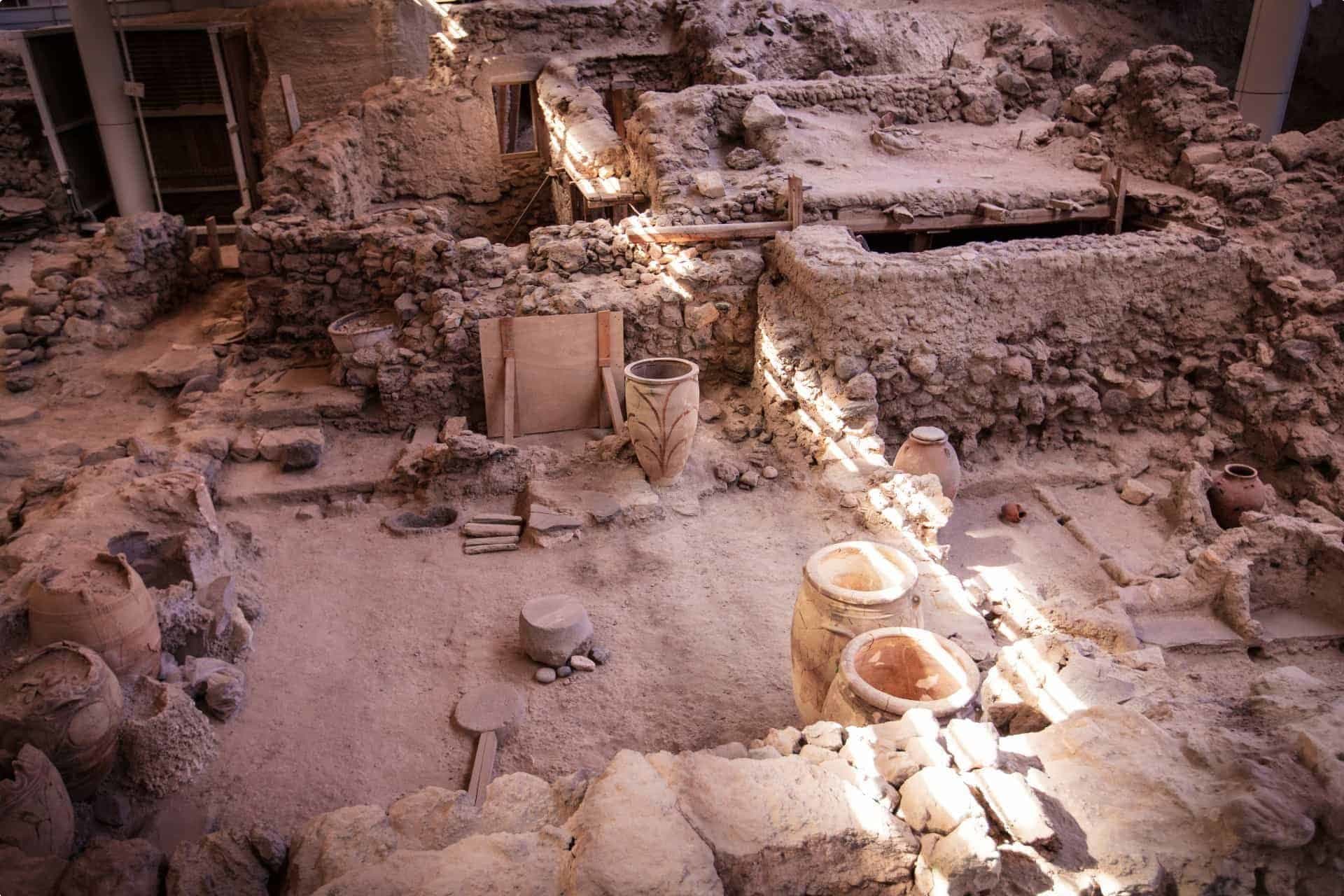
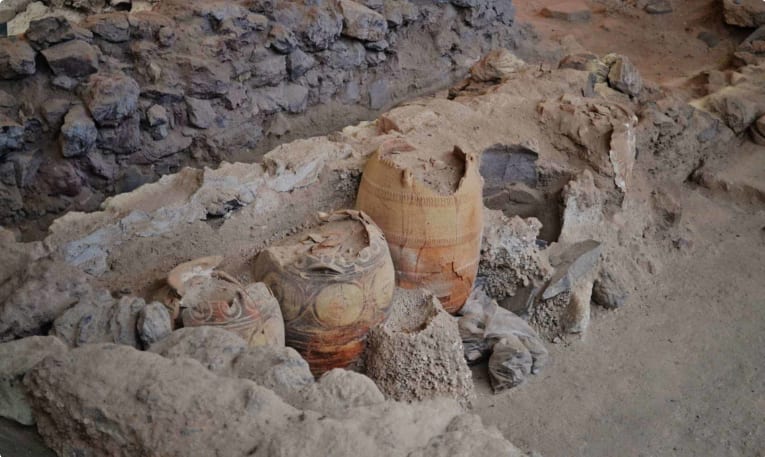
It was one of the Mediterranean’s largest archaeological sites, covering 20 hectares and producing a wealth of information regarding Aegean life in the Late Bronze Age.
According to Professor Christos Doumas, who took over Marinatos after the latter’s death in 1974, the excavation team has identified 35 buildings. As of 2017, only four have been excavated. The excavation has already revealed multi-level buildings, eight-metre walls, and thousands of artefacts.
Among those excavated was a private residence dubbed the “West House”, an example of the Minoans’ sophisticated architecture and industry. The “West House” has bedrooms decorated with murals, but also a storeroom with ceramic vessels, workshops, a weaving room, and a mill installation. Archaeological findings in Akrotiri and Crete suggest a culture that was comfortably wealthy, enjoyed its leisure time, and devoted attention to art and aesthetics.

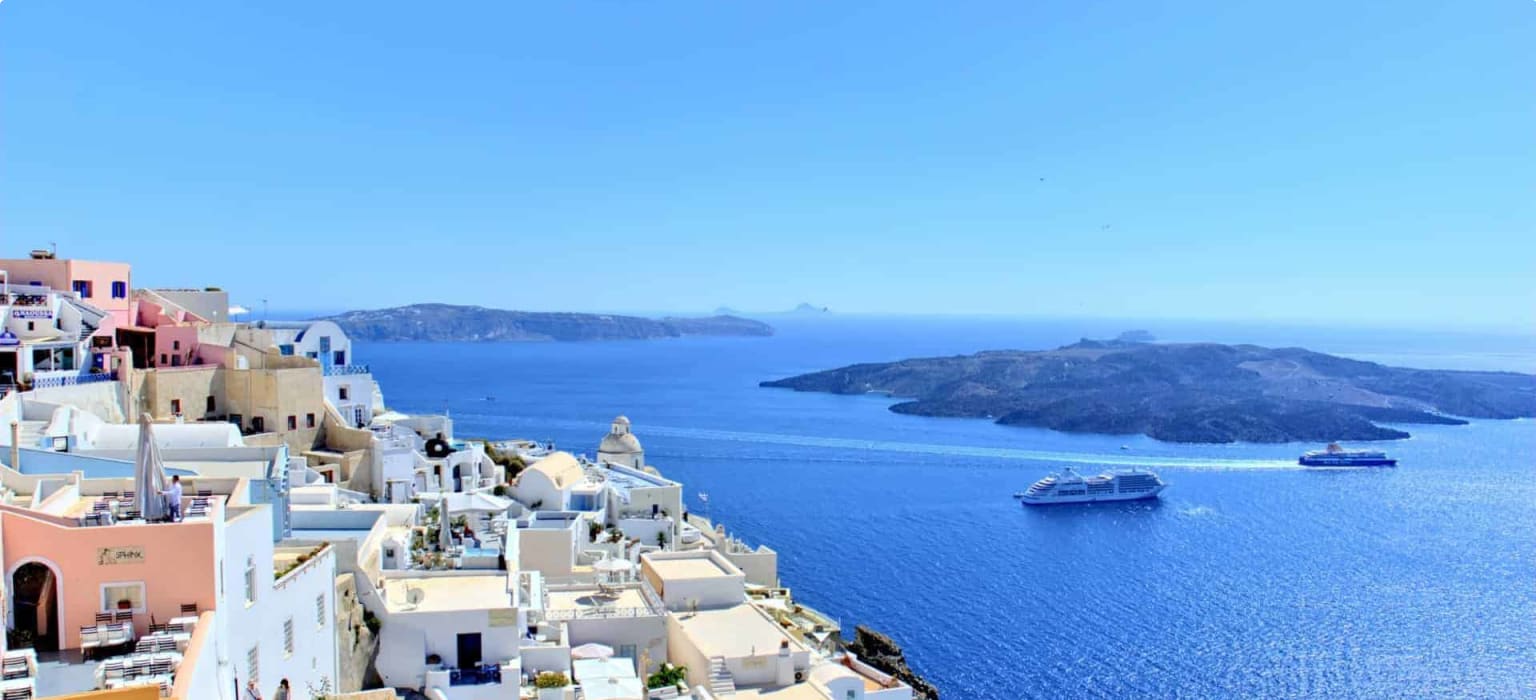
Santorini By Any Other Name
Akrotiri after the eruption was uninhabited for many centuries. The Greek historian Herodotus reported that the Phoenicians arrived in the 13th century BC and founded a site on Santorini’s main island. Mesmerised by the island’s beauty, they named their site Calliste, or “most beautiful”.
In the 9th century BC, Dorians from Sparta founded a city on the clifftop of Mesa Vouno, 399 metres above sea level. They called this Hellenic city Thera after their ruler, Theras. (This city is now called Ancient Thera.) Thera became an important trade station, used by Alexander the Great and the Ptolemaic army of Egypt. The Therans even became colonists themselves, establishing the port city of Cyrenaica in Libya.

Christianity came to the island during the 3rd century AD and became the seat of a bishop with the construction of its first church, Episcopi of Thera. Renewed threats from the volcano led to Thera’s decline and eventual abandonment by the 9th century.
“Santa Irini”
Santorini followed the fate of other Greek territories and fell under the rule of the Romans and the Byzantines. In the 13th century AD, the Fourth Crusade, called by Pope Innocent III and largely backed by Venetian forces, had the initial intent of recapturing Jerusalem from the Arabs by conquering the Ayyubid Sultanate based in Egypt, but ended up sacking the Byzantine capital of Constantinople.
A subsequent treaty established the Latin Empire of Constantinople, dividing the territories between Venice and other leaders of the crusade. The crusaders re-named Thera “Santorini“, a contraction of the name Santa Irini, or Saint Irene.
The Venetians moved into the Aegean, and one of the Venetian leaders, Marco Sanudo, created the Duchy of Naxos based on the largest island in the Cyclades. He later granted the islands of Santorini and Therasia to a relative, Giacomo Barozzi, whose family ruled the islands until 1480. The Duchy was later annexed to Venice in 1487.
Under the Franks, the islands continued to suffer from raids and incursions from pirates and rival rulers, leading to the development of five fortified settlements placed on strategic spots around the islands. Visitors can still view the ruins of the walled castles of Skaros in Imerovigli, Pyrgos, Emporio, Akrotiri and Agios Nikolaos in Oia.

Santorini was renamed once again to Dermetzik (“small mill”) by the Turks, who took over the islands in 1579 and consequently put a stop to the pirate raids. They would rule the islands for several centuries.
In 1821, the Greeks pushed back against Ottoman rule in the Greek War of Independence, and Santorini took part in the revolution with a powerful fleet. Santorini was freed from Ottoman rule, and became part of the independent Kingdom of Greece in 1832.
Santorini reverted back to its Greek name, Thera, though “Santorini” is still used colloquially.

Visiting Santorini
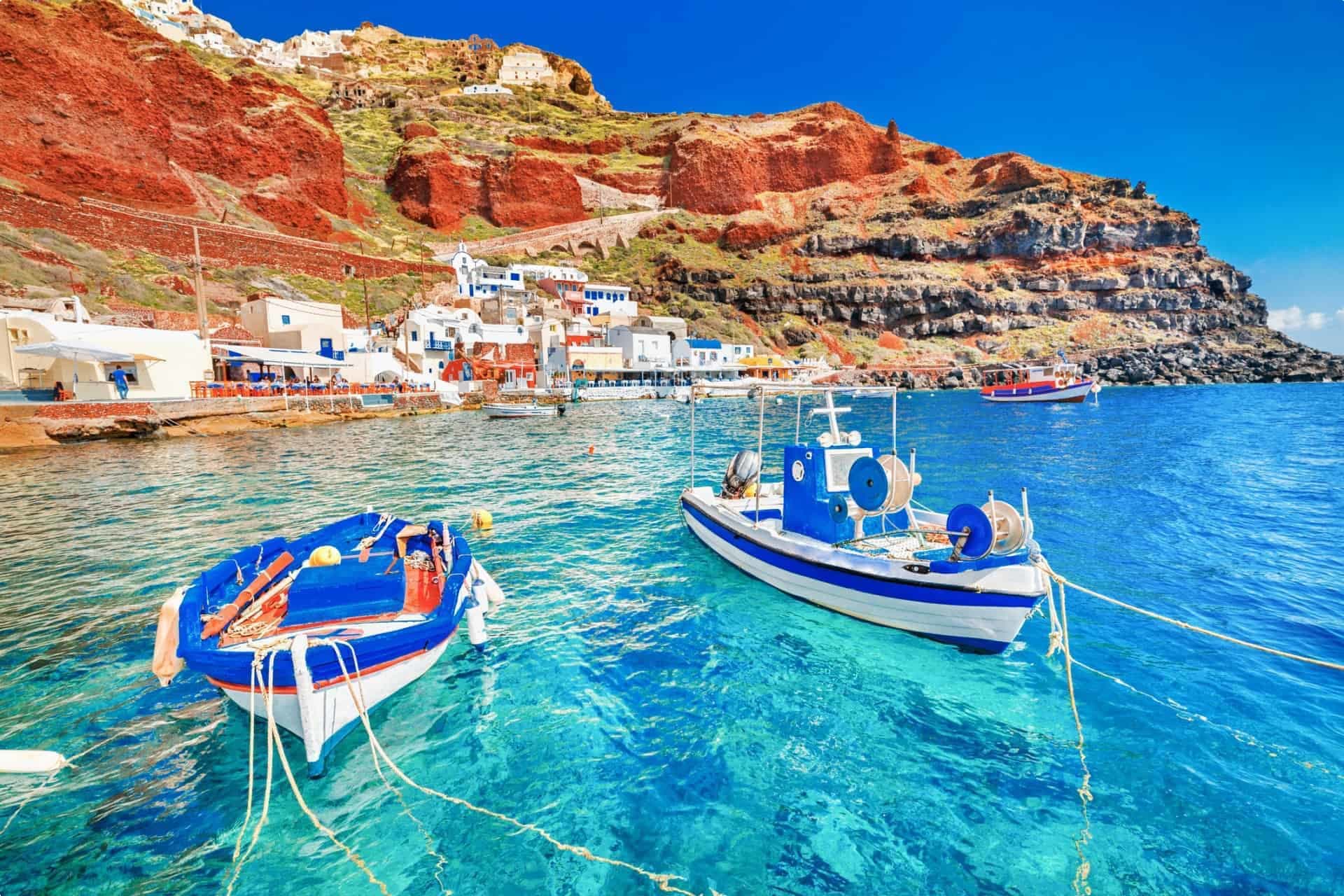
From being the site of a cataclysmic volcanic eruption and the power struggles of various world rulers, Santorini is now a popular tourist and romantic destination (for that much-coveted Santorini wedding!) thanks to its crystal-clear blue waters, whitewashed villages, towering cliffs, a flourishing wine industry, and well-preserved historic buildings.
Santorini’s commercial centre is built around the rim of the caldera or volcanic crater, the buildings sloping down the cliff face overlooking the water. Imagine yourself at your Santorini hotel, sitting on one of the sun loungers with fellow guests by the swimming pool with a great sea view. Add Greek cuisine, a ferry or boat trip, travel guide and tours and activities around the Greek isles, and it’s shaping up as an amazing experience!
A flight from Athens to Santorini is 45 minutes. By ferry, Athens to Santorini is around a 7-hour journey. The capital is Fira, which has the Archaeological Museum holding artefacts from Ancient Thera and Akrotiri as well as the Petros M. Nomikos Conference Centre, which holds an exhibition called “Wall Paintings of Thera,” displaying reproductions of wall paintings in Akrotiri. The archaeological site of Akrotiri also welcomes visitors.

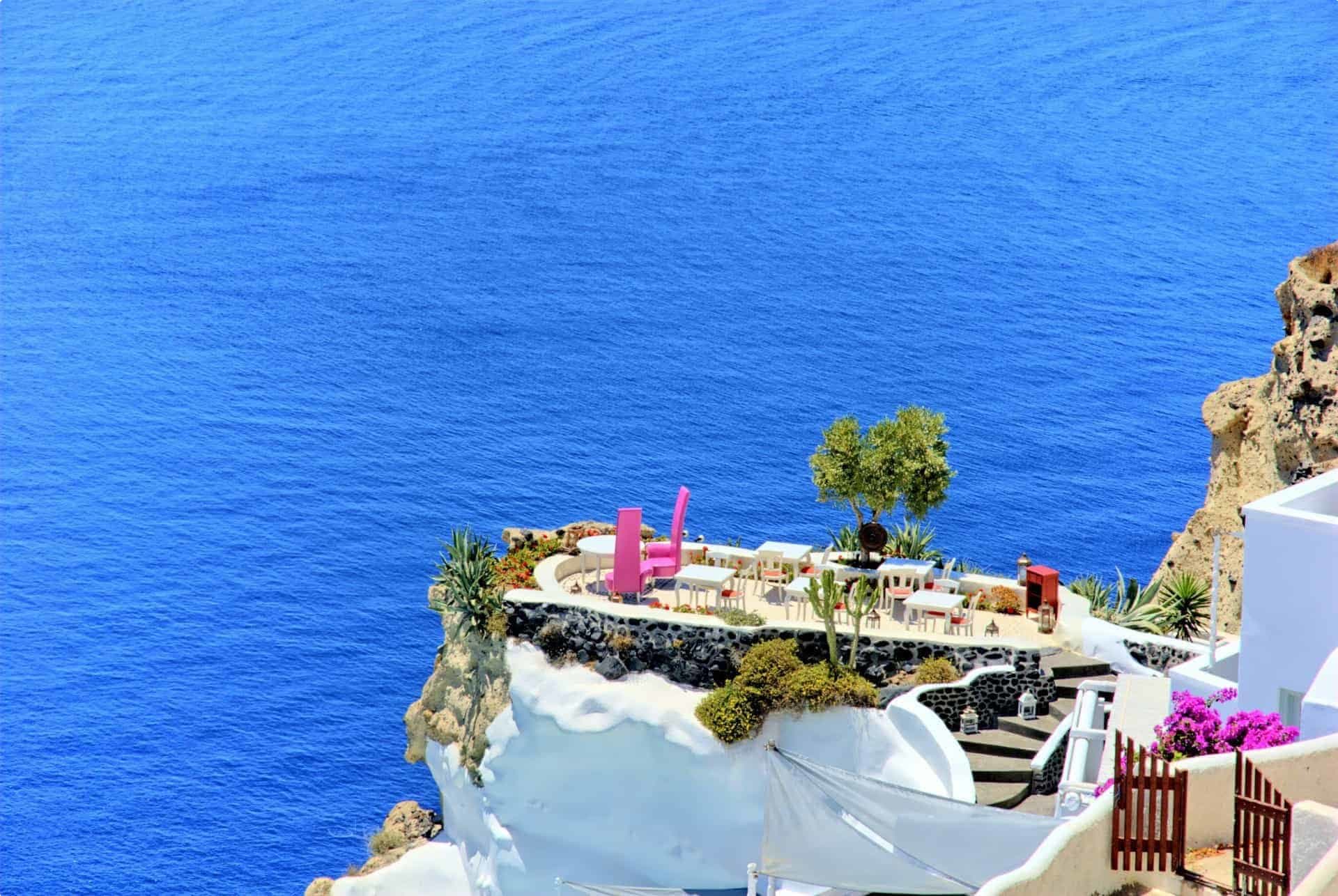
The vineyards on Santorini are a site to behold as well. Santorinians use the indigenous grape variety, assyrtiko. As it can get very windy on the island, the residents weave assyrtiko vines into basket shapes low to the ground instead of tying the vines to trellises.
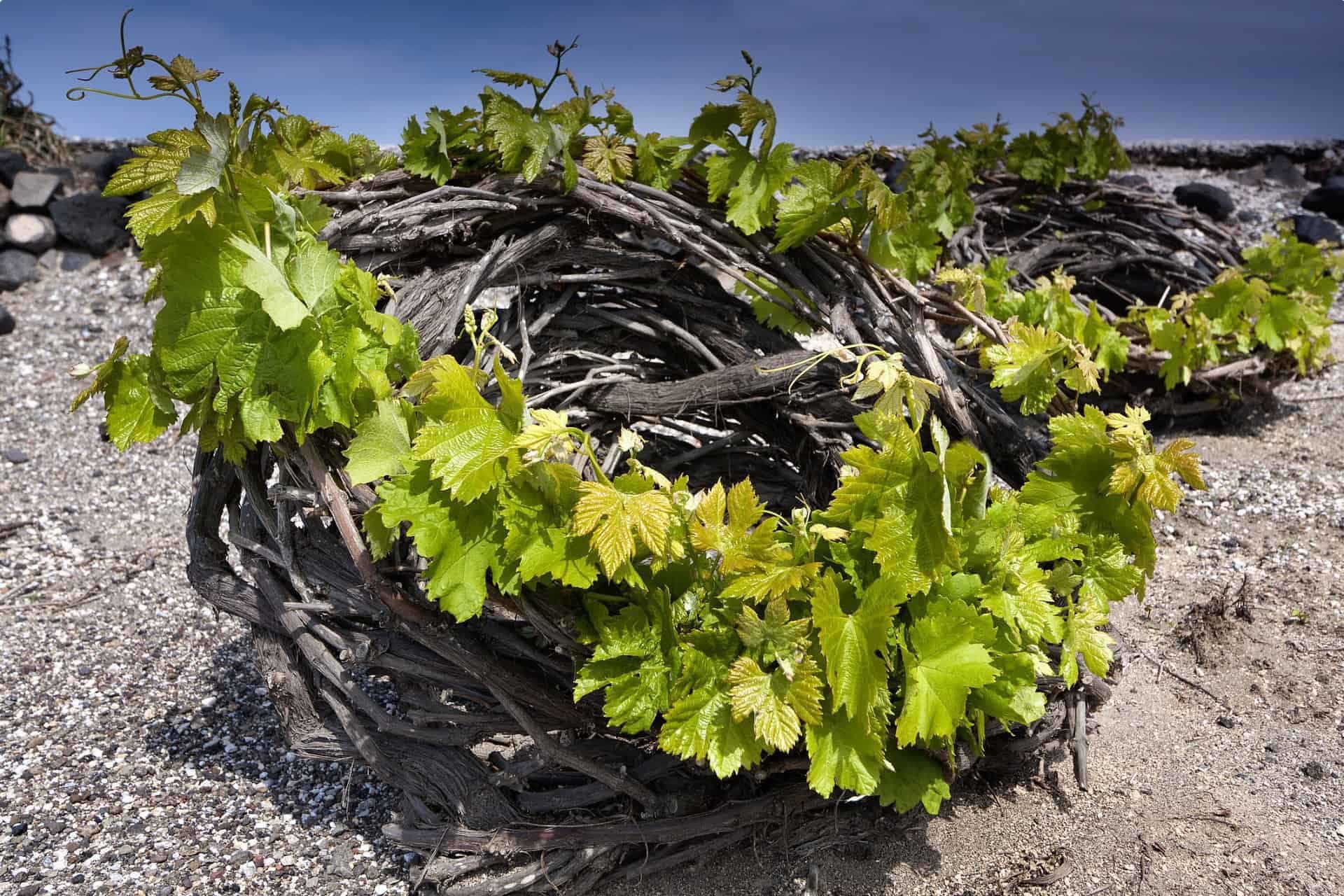
Odyssey Traveller’s Tour to Santorini and Crete and Tour of the Eastern Mediterranean Islands are fully escorted small-group tours that can take you to these sites, and more.
- In the 21-day Tour of the Eastern Mediterranean Islands, you will visit magical Santorini, as well as Crete, home of the Minoan civilisation with important archaeological finds at Knossos and Phaistos. You will also visit Rhodes, inhabited since the Stone Age, and the island of Cyprus, where east meets west.
- The shorter 10-day Tour to Santorini and Crete focuses on these two islands linked by Minoan culture.
Click through to see the full itinerary and sign up!
Articles on Greece published by Odyssey Traveller.
- Questions About Greece
- Dawn of Greek Civilisation
- Creating Athens
- Exploring Ancient Cities
- Dawn of Greek Civilisation
- Greek Islands & Cyprus
- Bronze Age Civilisations of the Eastern Mediterranean Islands
External articles to assist you on your visit to Santorini.
Originally published on October 18, 2018
Updated on December 18, 2019
Related Tours
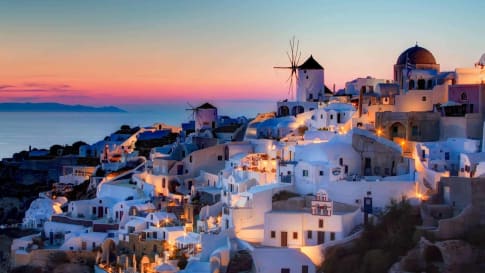
21 days
Apr, OctSantorini, Crete, Rhodes and Cyprus Small Group Tour | Eastern Mediterranean Islands Tour
Visiting Cyprus, Greece
A fascinating small group tour, with an amazing mix of culture and history – the islands of Greece, the cradle of Western civilisation, where traces of a centuries-old history exists. Visit Santorini, a remnant of a volcanic era; Crete, the home of the Minoan civilisation with important archaeological finds at Knossos and Phaistos. Rhodes, inhabited since the Stone Age; and venture further to the island of Cyprus, where east meets west.
From A$17,545 AUD
View Tour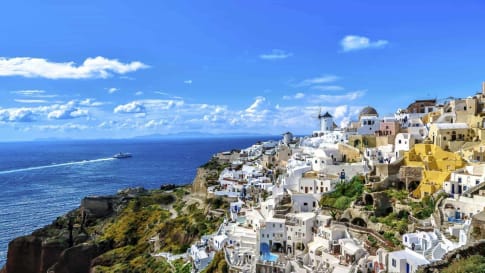
10 days
Apr, Oct, MarSantorini - Crete: Eastern-Mediterranean Islands Short tour
Visiting Greece
Join our small group short tour of the Eastern Mediterranean. Spend 10 days in Greece for a glimpse of the land of great philosophers, myths, and legends. We will learn about the culture and heritage of modern Greece while travelling from Athens to Santorini and over to Crete.
From A$9,375 AUD
View Tour
20 days
Sep, AprCrete Small Group Tour: The Minoans
Visiting Greece
Crete rich in UNESCO World heritage sites this small group escorted tour provides a travel experience for guests with experienced local guides to remember. For senior couples or single travellers who seek to travel with other like minded people to destinations rich in ancient history then this in one of many small group journeys to be enjoyed.
From A$13,500 AUD
View Tour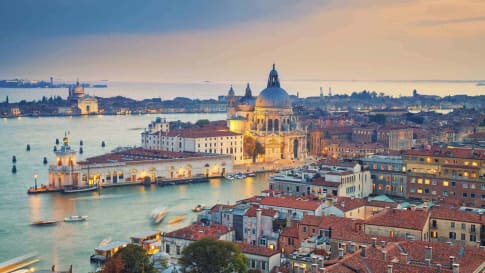
27 days
DecEuropean Cities Small Group History and Cultural Winter Tour
Visiting Albania, Croatia
An escorted tour A Journey that commences in Rome and takes in 12 destinations along its journey to Athens. This is an off season small group journey with like minded people. A small group tour across Southern Europe with local guides sharing authentic in-country authentic experiences for mature couples and solo travellers.
From A$17,295 AUD
View Tour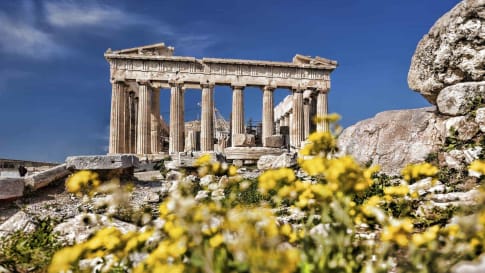
22 days
Apr, Sep, MayGreece small group escorted history tour
Visiting Greece
Our 22 day small group tour explores the land of great philosophers, myths, and legends. We will learn about the culture and heritage of modern Greece whilst exploring and learning Athens, which only found independence in its uprising from the Ottoman Empire in the 19th century.
From A$14,145 AUD
View Tour
18 days
Mar, NovWalking in Greece
Visiting Greece
Visits to UNESCO World Heritage Sites introduced by local guides feature on this walking tour for mature couple and single travellers. The days itineraries to selected destinations provide authentic experiences in the remote parts of Greece. A single supplement is charged for solo travelers on these small group journeys.
From A$11,715 AUD
View Tour